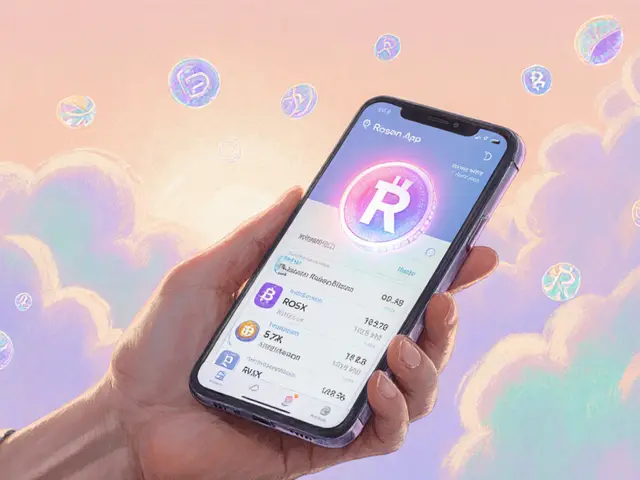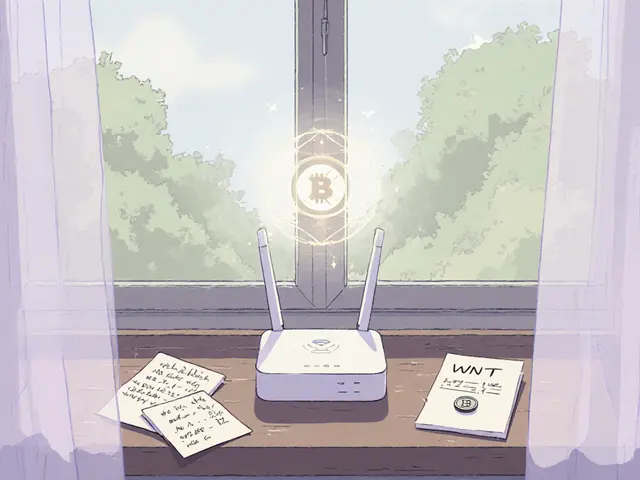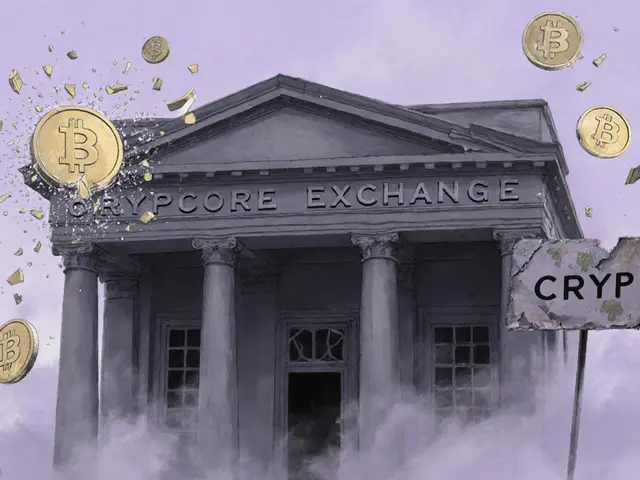Meme Coin Overview: What You Need to Know
When you hear meme coin, a digital token whose price rides on internet jokes, viral memes, and community hype. Also known as memecoin, it often starts as a playful experiment but can quickly attract serious speculative interest.
Like any cryptocurrency, a meme coin lives on a blockchain and follows token standards such as ERC‑20 or BEP‑20. The meme coin ecosystem relies heavily on social hype; without viral buzz, the token usually stalls. Many projects boost visibility through an airdrop, a free token giveaway that fuels community growth and often spikes short‑term demand. In practice, meme coin encompasses community‑driven token design, requires relentless social media momentum, and sees its price influenced by airdrop campaigns and influencer shout‑outs. This blend of tech and culture creates a fast‑moving market where information spreads faster than price corrections.
From a risk perspective, meme coins tend to have low liquidity, thin market caps, and limited utility beyond speculation. The lack of a clear roadmap means price swings can be triggered by a single tweet or meme trend. Yet the same volatility offers opportunities for traders who can time entry and exit around hype cycles. Across the articles below you’ll find simple guides to tokens that tokenized yachts, airdrop strategies, and regulatory insights—each illustrating how meme‑driven projects intersect with broader crypto topics like DeFi, tokenomics, and global market news. Use these insights to spot red flags, evaluate airdrop credibility, and decide whether a meme coin fits your risk tolerance before you jump in.

Dogecoin (DOGE) started as a joke but became a real cryptocurrency with over $10 billion in market value. Learn how it works, why it's still relevant in 2025, and how to use it for tipping, payments, and charity.
Jonathan Jennings Dec 4, 2025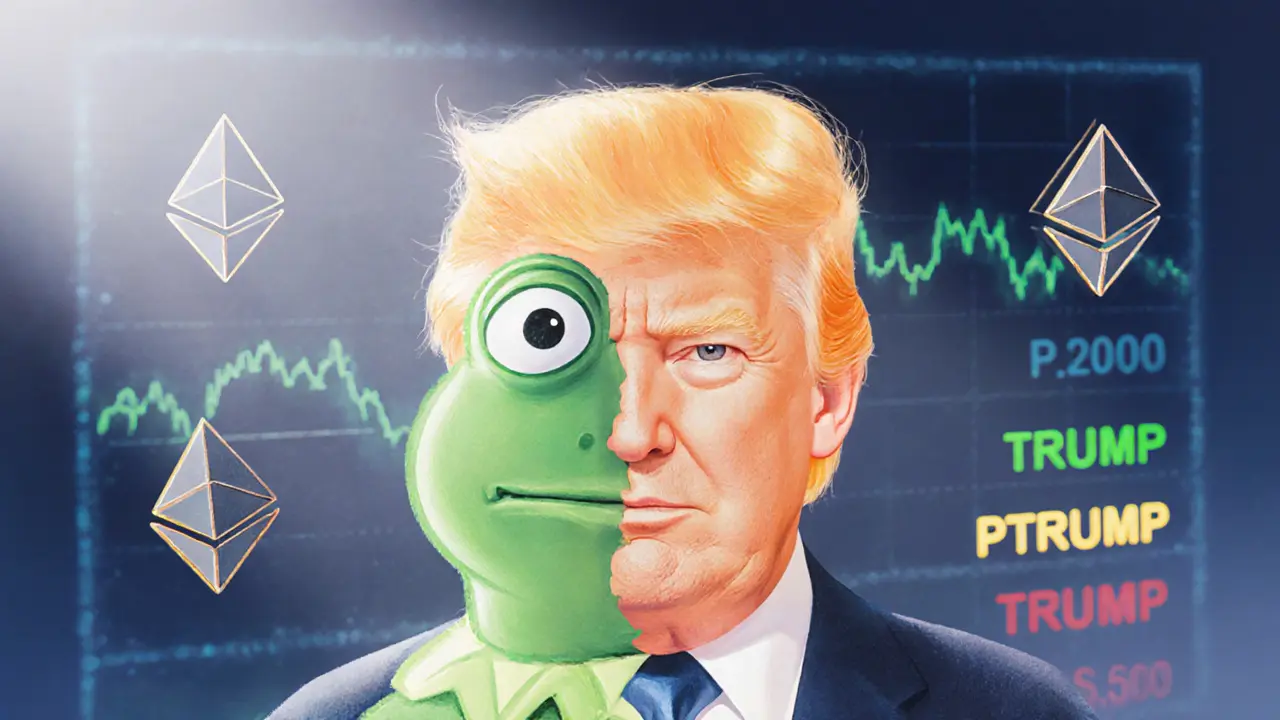
PEPE TRUMP is a meme crypto that mixes a cartoon frog and Donald Trump, runs on Ethereum, and is flagged as a honeypot. Learn its price, risks, and why you should stay away.
Jonathan Jennings Oct 22, 2025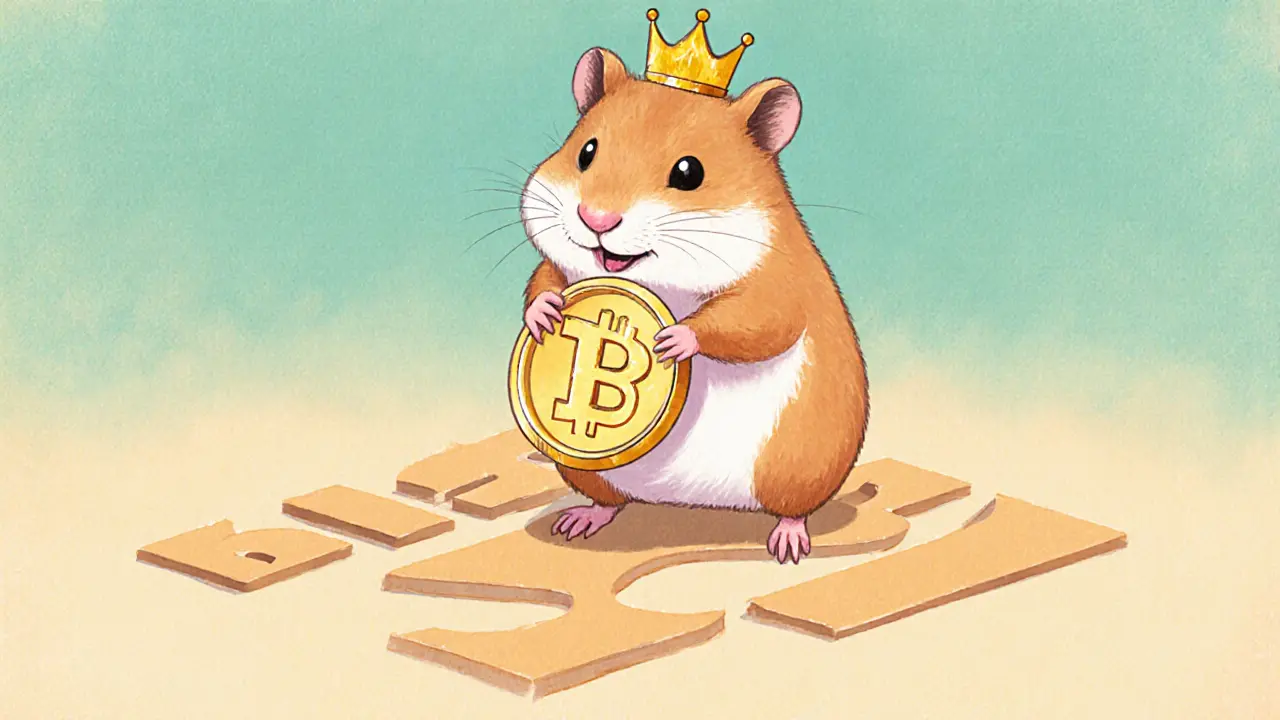
Discover what HamsterChamp (HMC) is, its tokenomics, how to trade it on PancakeSwap, and the risks of this Binance Smart Chain meme coin.
Jonathan Jennings Feb 15, 2025
